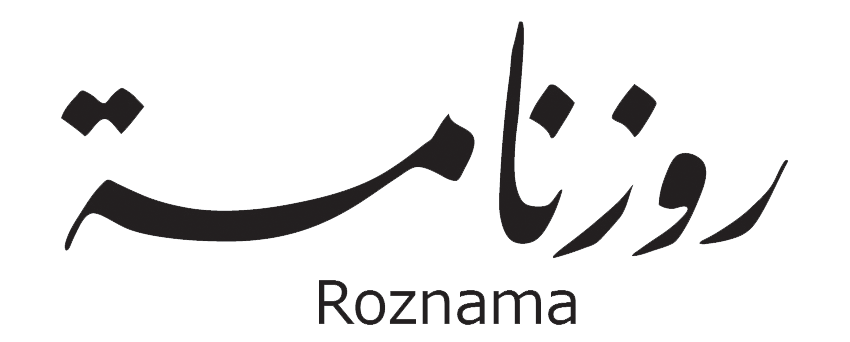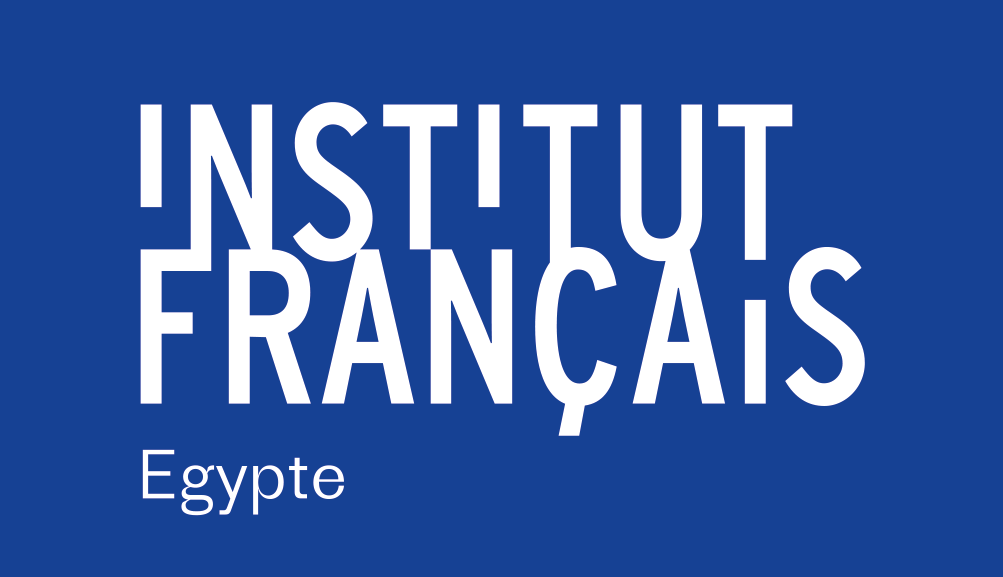Roznama 8
Roznama
Exhibition
Medrar For Contemporary Art
11 March 2021 - 8 April 2021
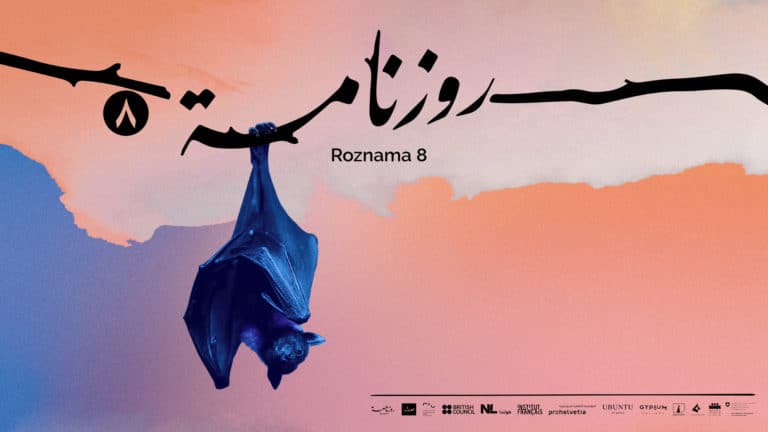
Visual Arts Competition & Exhibition from Egypt
Medrar, Contemporary Image Collective (CIC)
From 11 March to 8 April 2021
Opening: Thursday, 11 March 2021, from 2 to 10 pm.
Opening times: daily from 1 to 9 pm. Fridays closed.
Roznama 8th exhibition presents 34 artworks selected from over 500 applicants by a newly-appointed jury of established professional Egyptian artists and clears the way for international artist mobility and inter-cultural artistic collaborations through offering varying awards, such as art residencies grants and cash prizes to outstanding artists. The works are exhibited at Medrar for Contemporary Art and Contemporary Image Collective (CIC).
Organized by Medrar for Contemporary Art, Roznama is a competition and exhibition for contemporary visual art that encourages the breaking of popular and academic boundaries in established arts to experimental and novel media arts practices. It harbours the full spectrum of visual art forms, including the relatively traditional, avant-garde and everything in between, ranging from photography, moving images, painting, installations to digital art and mixed media creations by Egyptian artists under the age of 35.
Through its 8 editions, Roznama’s purpose has been to support and nurture the growth of new young artists, further enable their technical capabilities, and exhibit their works in the creative industry sphere.
Prizes:
- Muhammad Salah, Art Residency for up to 2 months in the Netherlands provided by the Embassy of the Netherlands*
- Castell Lanko, Art Residency for 3 months at Cité internationale des Arts provided by the French Institute**
- Eman Hussein, Research trip for 1 month in Switzerland provided by Pro Helvetia Cairo – Swiss Arts Council***
- Rania Atef, 20,000 EGP cash prize provided by the British Council.
- Abdulkassem Salama, Language scholarship in an acknowledged institution in Egypt for the equivalent of up to 30,000 EGP provided by Ubuntu Art Gallery.
- Malak Yacout, 10,000 EGP cash prize provided by Gypsum Gallery.
- Sara Salem, 5,000 EGP cash prize provided by Peacock for Art.
- Shatha Al-Deghady, 5,000 EGP cash prize provided by Artist Hany Rashed.
- Ali Zaraay, 5,000 EGP cash prize provided by Art D’Égypte.
- Eslam Abd el salam, Prize provided by Contemporary Image Collective (CIC)****
*The Residency includes flight tickets, accommodation, production fees, and per diems. The residency will be made available in accordance with Covid-19 travel restrictions up to February 2022.
**The Residency includes all logistical expenses, such as, flight tickets, accommodation and studio facilities in addition to per-diems.
**The Residency includes all logistical expenses, such as flight tickets, accommodation and studio facilities in addition to per diems.
****The CIC Prize consists of the use of our production facilities for the equivalent of 3000 EGP. Our production facilities include our silk screen printing workspaces, as well as the CIC Photolab which offers digital museum quality ink-jet printing, analog film developing, scanning and monitor calibration.
Curated by: Narimane Abouelseoud
Project Manager: Victoria Cornacchia
Project coordinator: Zahraa Elalfy
Translation: Ahmed Hoza, Fatma Elzahraa, Khadijah Bracken
Copy editing: Mahmoud Atef
Graphic Designer: Engy Mohsen
Please make sure to keep your masks on during your visit.
Exhibition venues
Medrar for Contemporary Art: 7 Gamal El Din Abou El Mahasen St, Garden City, Cairo
Contemporary Image Collective (CIC): 27 Talaat Harb, Downtown, Cairo.
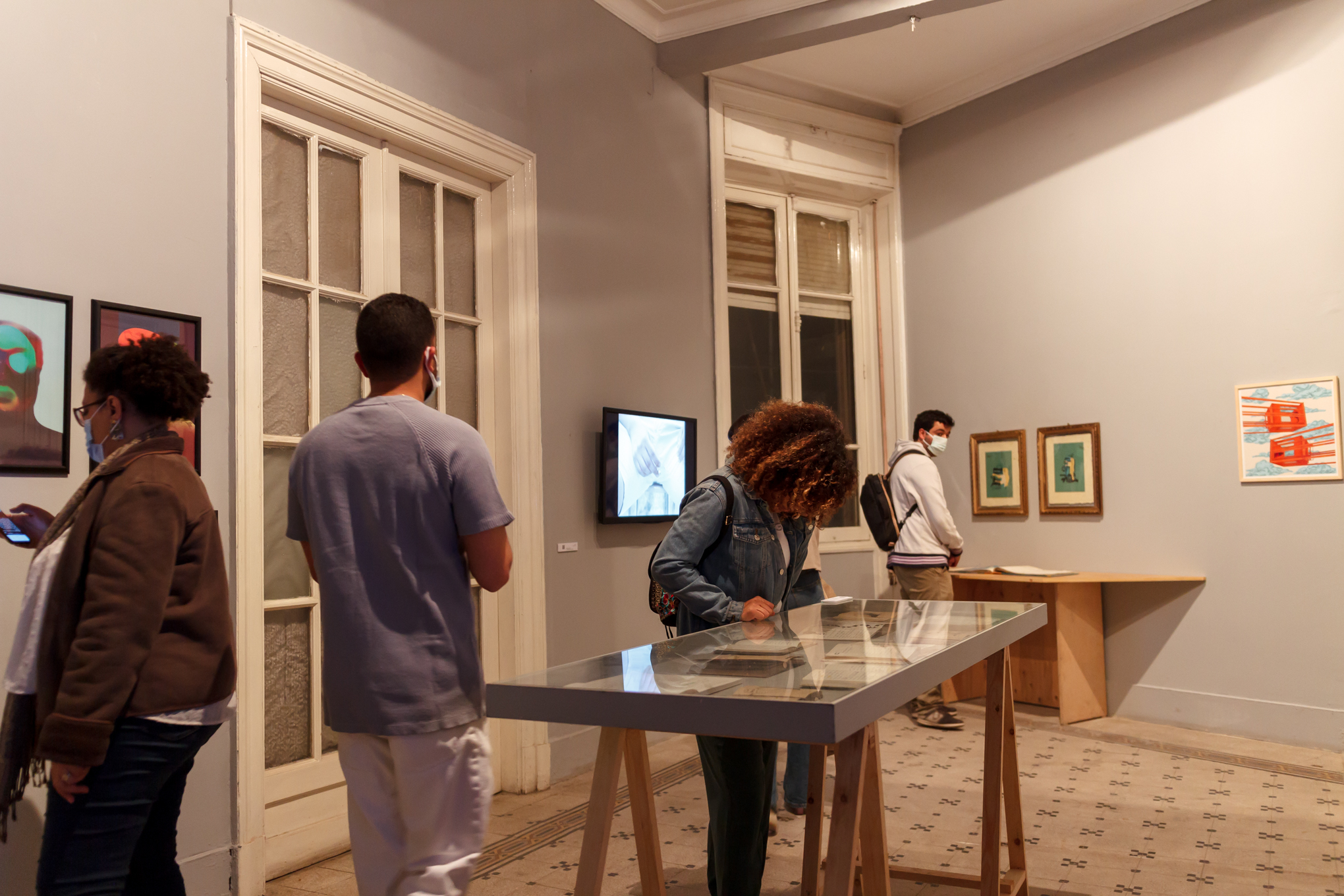








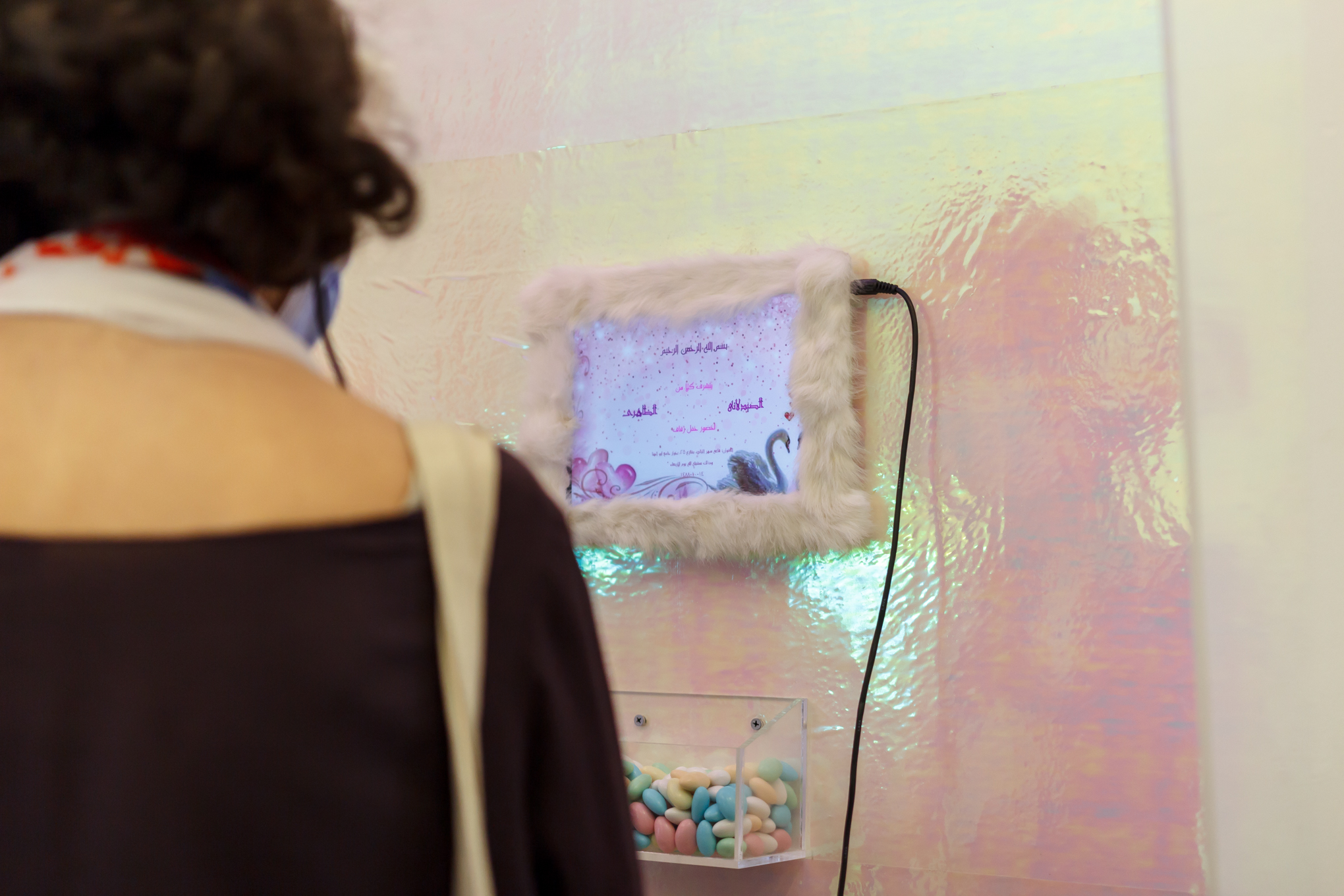

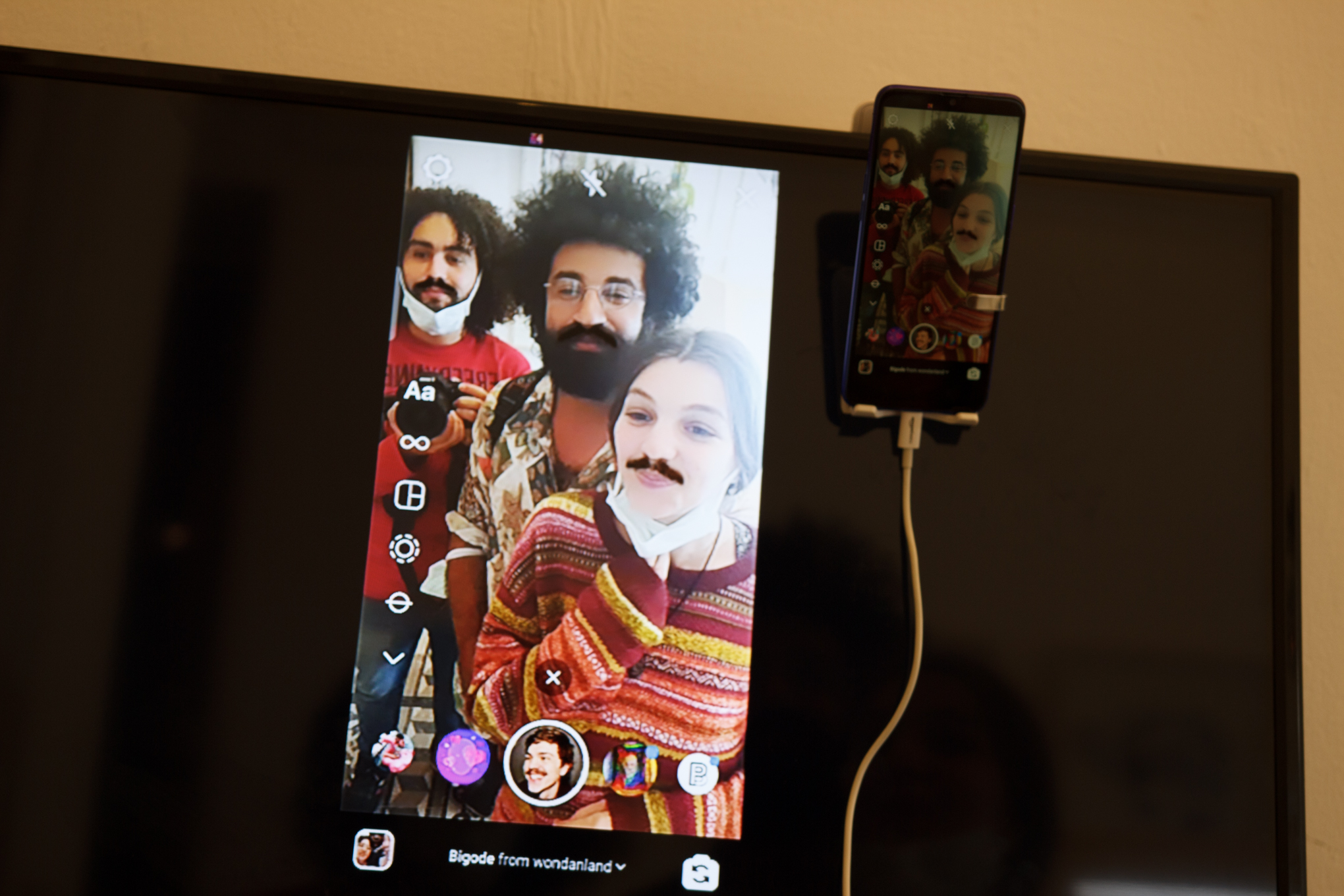

Jury Statment
Amr Elkafrawy
What struck me most in Roznama’s edition this year, with the chosen artworks in mind, was the balanced diversity of the artistic mediums. The artists’ choice of mediums felt natural and suitable for each artwork.
The liberty with which the artists chose their mediums further served their artworks. In most artworks, the mediums are not strongly present as they fade away in favour of the artistic concept. This bothersome dispute over artistic mediums is no longer of any significance or value. Artists have got over the idea of defining “contemporary” works based on their mediums.
Another remarkable feature of this edition -not necessarily a positive or negative one- is the absence of issues that were long addressed during earlier periods. Subjects such as the revolution, gender, oppression or any similar topic had little to no presence in the artworks.
Most artworks were concerned with self-expression itself. Taking casual and personal matters, sometimes the quarantine and alienation, as a facade behind which hides the search process, or taking visual forms as a counterpart to try to identify one-self in the artwork.
Hassan Khan
I am here to make judgements- that is what a jury is. Primarily. There are no absolute standards in “art”, it is a discussion and, always, a reflection of some sort of vision, of ideology, of wants. My job is to try to be true to my own vision and to make judgements, even if it is true that I have arguments, that I remain critical and ideologically opposed to judgement based on what is known as “taste”. I am happy though. I am happy that this is an open call. A cross-section of ideas about art in this land we call “Egypt”. I was first, in an intensely personal way, shocked to find that some of the deepest and most tenacious problems of the 90s are still very much present.. Entrenched. Refusing to let go. On a more positive note I was surprised to find that artists are more flexible and irreverent with mediums and forms. The obsession with new technologies for their own sake as signifiers of contemporaneity seems to be, thankfully, on the wane. However the dominance of the image of the artist – the artist as savior, the artist as tormented soul, the artist as revealer of truths is still incredibly powerful and in my opinion remains a serious obstacle to the emergence of a vibrant, diverse, and generative scene. There is more though that is worthy of attention. A lot of work is intentionally less polished – the violence latent in the superstructure is visible. Collages are rough and inhabited by charged gestures. Artists seem more comfortable to allow the eerie nature of images space to speak and breathe without necessarily having to explain them. Digital and virtual works explore new terrain while avoiding a slide into tired one dimensional moralism. There is sophisticated and aware sensitivity to class and its manifestations, the positions through which we speak, to power and to the context we cohabit.
We meet, we discuss, we give prizes as we’re supposed to, but I remain absolutely convinced that most important is the fact of the actual work.
Huda Lotfi
In reviewing the application forms for Roznama 8, I noticed that many of the young applicants did not seem to be sufficiently enthusiastic about the work they were presenting, it was undeveloped, flighty and shallow. Their conceptual statements, which they often deflected, demonstrate that they did not put much effort into thinking about their work. A state of affairs such as this points to the limitations of their educational training and their lack of artistic interest. Such a situation poses question marks with regards to the flaws of our schooling system and more specifically the kind of teaching they receive in art academies in Egypt.
From a personal perspective, I couldn’t help pondering over the numerous works I came across revealing signs of depression, anxiety and fear among the young applicants, which once again calls for our concern.
The artists who excited my attention were those who fleshed out an idea that brought focus to their work and echoed their lived experience. In the process of translating their ideas into some visual form, they did well in going for the appropriate medium to use. A few of the artists showed a sense of criticality, interrogating the process of art making, its changing contexts and the ways in which it engages an audience.
As one of the 3 jurists, I am pleased to say that from among the 500 applicants, we agreed on the selection of 34 artists to participate in Roznama 8, which is more than we had anticipated for this competition. To further develop their ideas, the chosen artists were offered the opportunity to work for a short time with a curator.
On March 13th I went to see the artists’ works at the gallery spaces of Medrar and the Contemporary Image Collective in Downtown Cairo. Even though the artists were given a short time to finalize their pieces, I was pleasantly surprised to see how much progress some of them made in translating their ideas. Recognizing their weakest point, curator Abou Elseoud labored with a number of the selected artists to help them elaborate and refine their conceptual starting points. Medrar’s team thankfully provided the needed production materials and the spaces for the young artists so that their work can be appropriately shown during Roznama’s 8th annual event.
Participants
- Abulkassem Salama
- Ahmed Mongey
- Ahmed Qabel
- Ahmed Shalaby
- Aida El-Oweidy
- Alaa Ayman
- Ali Zaraay
- Amal Hamed
- Amina Kadous
- Amir Abd El-Ghany
- Amira El Badry
- Castell Ibrahim
- Eman Hussien
- Eslam Abd El Salam
- Eslam Allam
- Esraa El Feky
- Farah Barakat
- Fatma Mostafa,
- Hagar Ezzeldin
- Helena Abd El-Nasser
- Hend Moaaz
- Malak Yacout
- Marwa Benhalim
- Mohamed El Bakeri
- Nourhan Maayouf
- Omar Adel
- Parthina Metry
- Rania Atef
- Salah Mohamed
- Samia Dawood
- Sara Salem
- Shatha Al Deghady
- Youmna Nafea
- Rodeina Fouad
We would like to thank all those who have supported Roznama 8th edition.
Roznama 8 is supported by the British Council, the Embassy of the Netherlands, and the French Institut in Cairo.
Medrar is implemented with the support of the Arab Fund for Arts and Culture – AFAC, through a grant from the Swiss Agency for Development and Cooperation – SDC.



